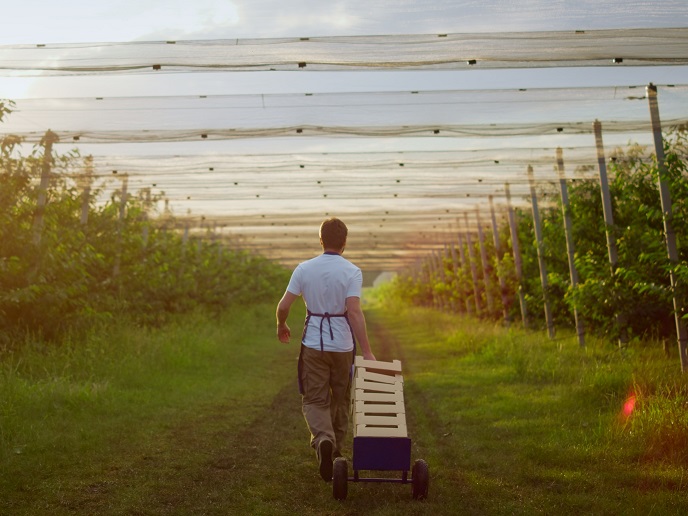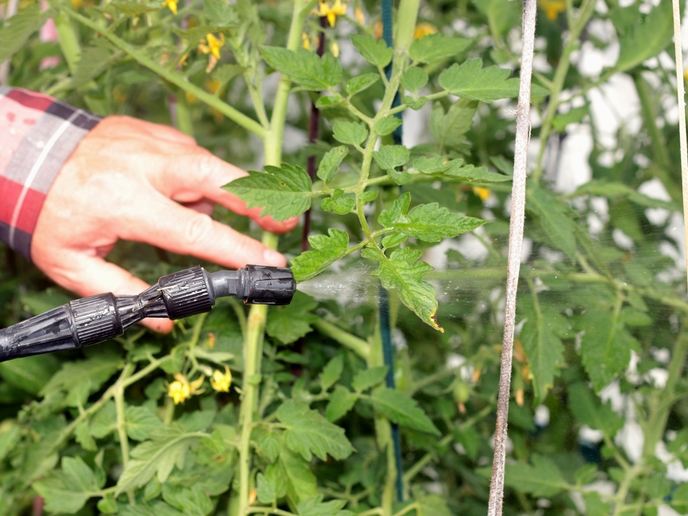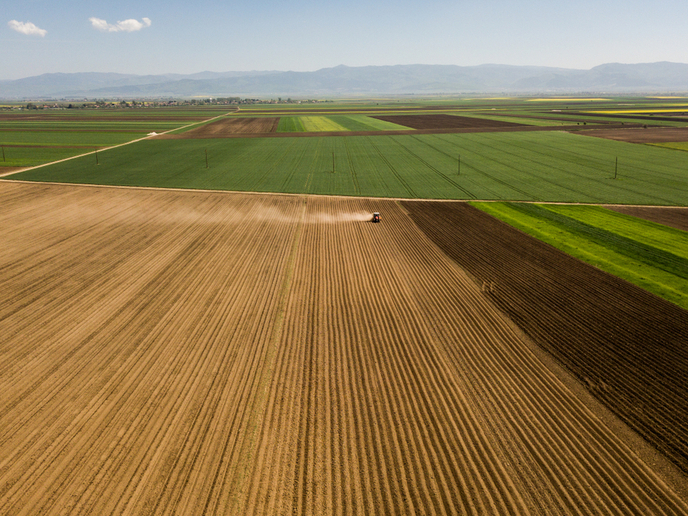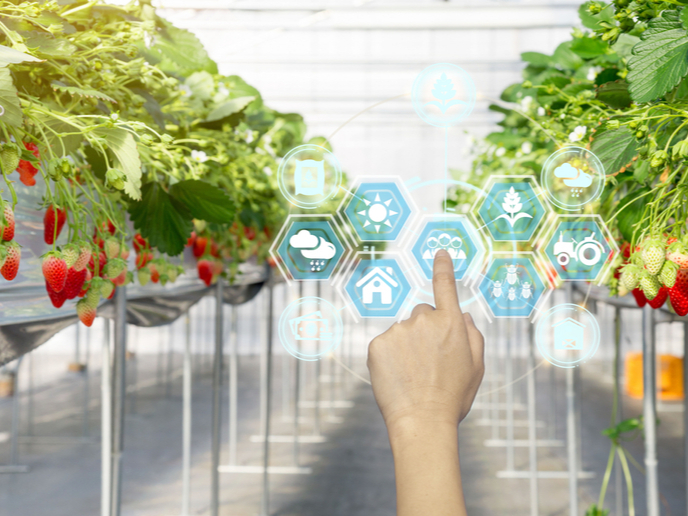The automated sensor that can sniff out rot in stored food
Despite advances in food storage, processing, packaging and distribution, 14 % of food harvested never reaches consumers, with an estimated third of all food produced for humans lost or wasted. Aside from the ethical implications, this is a significant cost to the food industry – EUR 6.1 billion annually for stored apples, pears and blueberries alone. It also wastes water and land resources while exacerbating pollution, and emitting greenhouse gases contributes to climate change. Focused on the storage stage, the EU-funded MAX-FRESH project has developed the first automated sensor – the Interactive Storage Sensor (ISS) Monitor – able to detect, and warn of, volatile gases suggestive of produce ripening, fermentation, damage or rotting. “This could reduce fresh produce loss by up to 50 %, extend the storage life of products by around 20 % and reduce post-harvest chemical treatments by around 50 %,” says Eugène Rokx, project coordinator.
When laser and sensor meet volatiles
MAX-FRESH grew out of a previous project, QCAP (Quality Control Agricultural Products) (website in Dutch), which had adapted laser spectroscopy used to detect tiny gas traces as indicators of lung diseases, such as COPD or asthma. MAX-FRESH advanced the technology beyond QCAP’s laboratory prototype validated in small-scale fruit storage rooms, to a more robust, compact and accurate industrial prototype. The resulting commercial product consists of three subsystems: the Storex Radar, the ISS sensor and the Autostore Data Manager (ADM) cloud. The Storex Radar comprises the software and hardware (including pumps and valves) needed to measure storage rooms at specific times. Switchboards connect the Radar to the ISS sensor so that after receiving the sensor’s signal that it is ready, the Radar sends the command to start. Gas is collected in a multi-pass cell into which the MID IR supercontinuum laser beam is directed. The beam’s energy is adsorbed by the volatiles’ molecules. As each volatile exhibits a unique adsorption spectrum, the amount of energy adsorbed indicates the concentrations of specific volatiles. The ISS sensor, mounted in an aluminium rack and calibrated for every volatile to be measured, can detect eight different volatiles associated with food quality or aroma: ethylene, ethanol, methanol, acetaldehyde, ethylacetate, methylacetate, 1-butanol and methane. Data is securely uploaded to the ADM Cloud, which saves, processes and displays it in real time or as trends, also sending alerts to the system’s user interface or to mobile device apps.
Towards a more sustainable food supply chain
The full system was successfully tested in one of the largest commercial pear storage facilities in Belgium, measuring volatiles daily in several storage rooms. “While the system is technically ready to roll out, we need to run longer trials. Also, the laser and fibre currently account for 70 % of the price, so we need that to come down, hopefully within the next few years,” notes Rokx. Meanwhile, the project consortium has received Eurostars funding, through the GREENFRUIT project, to improve the detection and measurement of more volatiles, with less sensor degradation. The MAX-FRESH system could offer a significant boost to the EU’s ambitions for more sustainable food production. Longer term, more data about the biological processes fruit and vegetables undergo during storage, could help develop predictive AI models for more sophisticated interventions.
Keywords
MAX-FRESH, laser, sensor, food, storage, gas, volatiles, spectroscopy, molecules, sustainable







